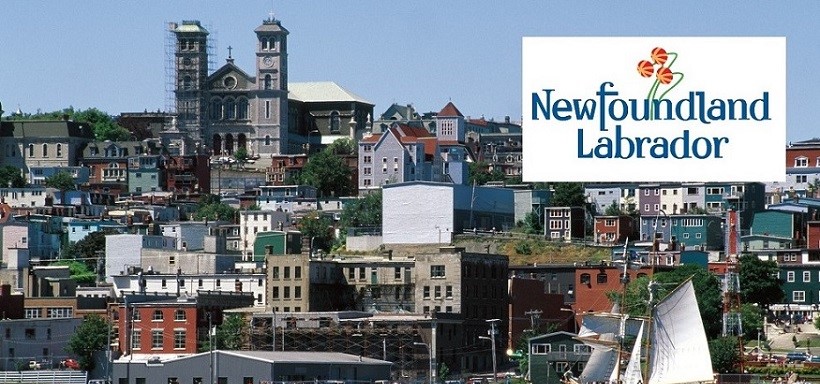
Fancy a new life in Canada? Newfoundland and Labrador’s Office of Immigration and Multiculturalism will be exhibiting at Jobs Expo Cork. The event takes place on Saturday 25th November at UCC's Devere Hall, Aras na Mac Leinn.
Newfoundland and Labrador is the most easterly province of Canada. It has two main landmasses: the island of Newfoundland and mainland Labrador to the northwest. Nearly all of the province’s residents speak English as their mother tongue. St. John's is the capital as well as the seat of government.
Humans have lived in Newfoundland and Labrador for about 9,000 years. The Maritime Archaic peoples were groups of sea-mammal hunters in the subarctic.
The oldest confirmed accounts of European contact date from a thousand years ago. According to the sagas, in the year 1001 Leif Ericson landed in three places to the west. Although it cannot be definitively proven, it seems that two of these were Newfoundland and Labrador. There is also archaeological evidence of a Norse settlement in the province.
Newfoundland was a colony and later a dominion of the United Kingdom. It became the tenth province to enter the Canadian Confederation on March 31, 1949, as "Newfoundland." On December 6, 2001, the province's official name became Newfoundland and Labrador.
Traditional industries in the province include fishing. Fishing is still an important part of the economy, employing roughly 20,000 people. However, the province had a major energy and resources boom in the 21st century. In addition service industries, especially financial services, health care and public administration, are an important part of the province’s economy. Other significant industries are mining, oil production and manufacturing. Food production and brewing also contribute to the province’s economy.
Tourism is also a significant contributor to the province's economy. Tourism is most popular throughout the months of June–September, the warmest months of the year with the longest hours of daylight.